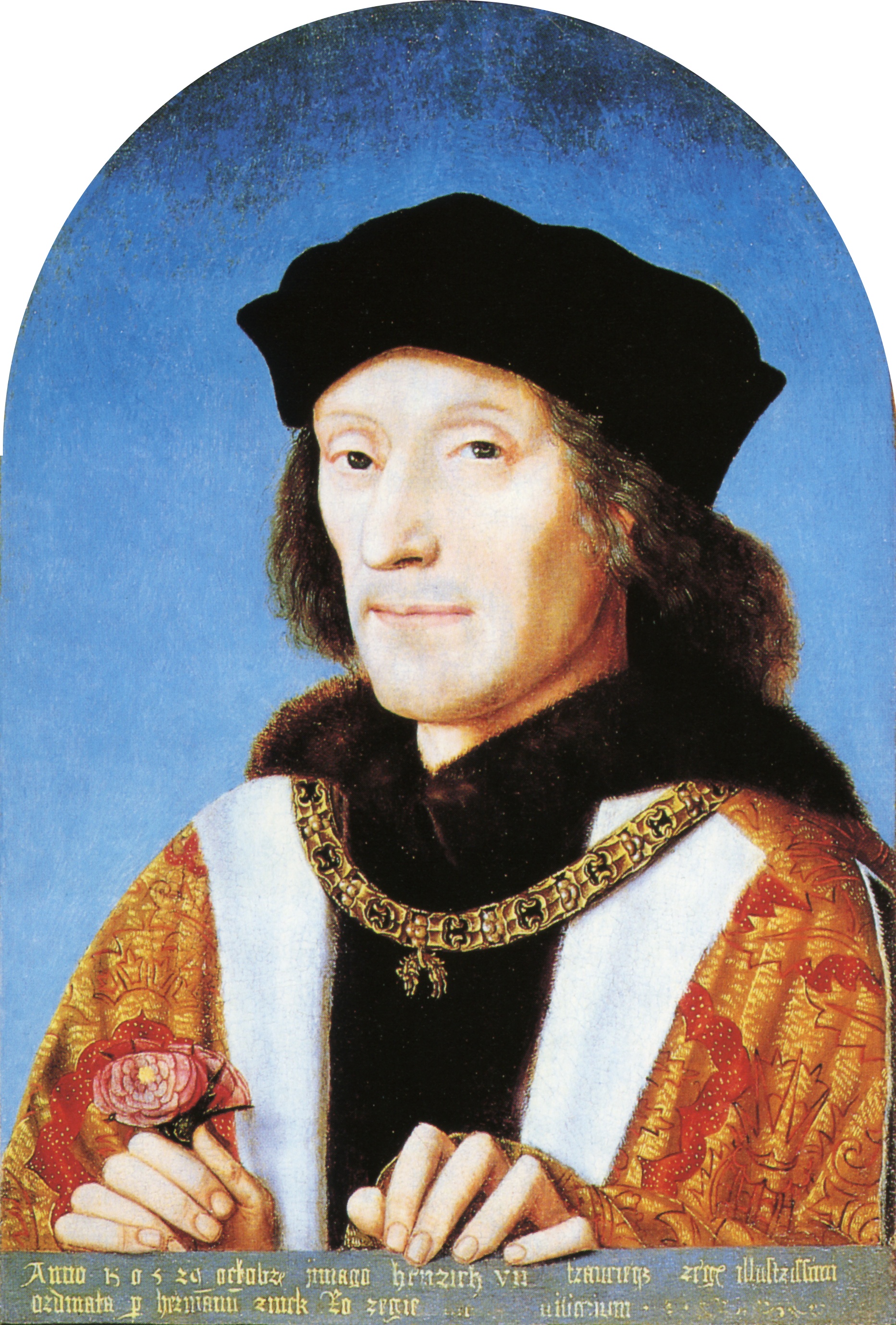What is the value of art to the study of history?
Henry
VII was the son of Edmund Tudor and head of the house of Lancaster. He defeated
and killed the Yorkist King Richard III at the battle of Bosworth Field in
1485, establishing the Tudor monarchy. The inscription records that the
portrait was painted on 29 October 1505 by order of Herman Rinck, an agent for
the Holy Roman Emperor, Maximilian I. The portrait was painted as part of an
unsuccessful marriage proposal by Henry to Margaret of Savoy, whom he hoped to
marry as his second wife. Portraits were
important in marriage negotiations as the participants of political marriages
designed to secure international alliances seldom met each other before their wedding
day. However, portraits could be
misleading, as was the case of the unfortunate union of Anne of Cleves and King
Henry VIII.
The
pink Rose Henry is holding is the symbol of House Tudor and also the symbol of
love as he is attempting to woo Margret into marriage. He furthers his allure by expressing his
wealth: the gold chain with the sheep on it is the symbol of the order of the
Golden Fleece, a chain presented to King henry by the Holy Roman Emperor. Not only does this show his wealth, but
depicts him as a European monarch rather than an English King. The rich fabric of his gown and the fur also
flaunts his wealth.
Studying
art from the past is an important aspect of historiography often neglected by contemporary
education. It holds many clues to life
in the past. By examining a work of art’s
symbolism, colours, its materials, we can learn vast quantities about the
culture that produced it. For example,
the seemingly neutral portrait of Henry VII shed much light on how the English
monarchs chose to portray themselves to possible suitors – as Europeans and not
as the separate entity that Britain later became.

Comments
Post a Comment